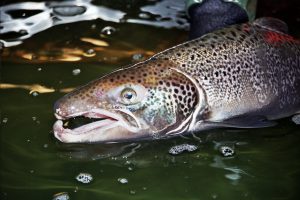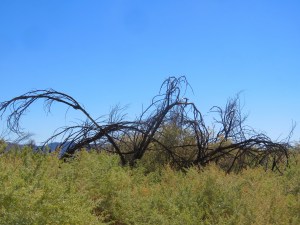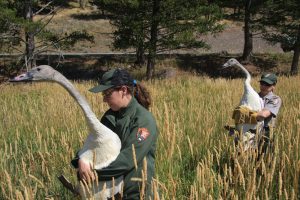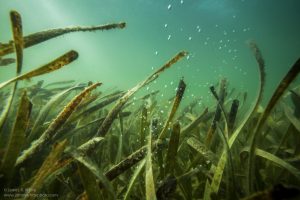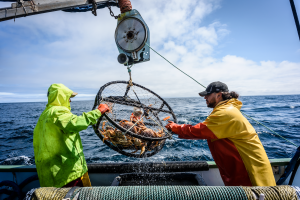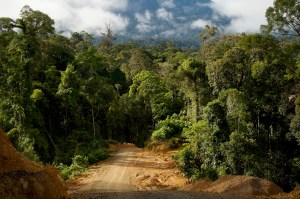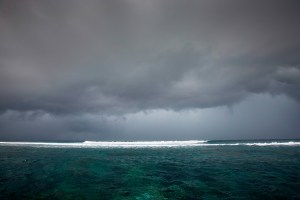Discover stories in Conservation Science
Electrofishing Threatens A Rare Dolphin-Human Partnership
Myanmar’s river dolphins have learned to fish cooperatively with humans. But illegal electrofishing threatens this rare partnership.
Salmon Migrate Using Earth’s Magnetic Field
A new study shows that even nonmigratory salmon are directed by the earth’s magnetic pull.
A Tale of Two Paths to the World in 2050
Can the world actually meet people’s needs for food, water and energy while doing more to protect nature? Is it even theoretically possible? New science says, Yes, but there are a lot strings attached.
The Mystery of the Dying Mesquites
If a tree dies in the desert, will anyone notice before it’s too late?
Why are Yellowstone’s Swans Disappearing?
Yellowstone, the place that saved trumpeter swans, is now losing them.
Recovery: Prairies Under the Sea
Seagrass restoration efforts around the globe are paying off for people and nature.
Spiny Lobster: Sustainable Seafood in the Bahamas
The Bahamas spiny lobster is certified sustainable by the Marine Stewardship Council.
Managing Fisheries in the Face of Climate Change
Climate change is impacting fisheries, but regulating agencies are ill-equipped to respond to the challenges.
Nurseries Restore Staghorn Coral in the Florida Keys
Hands-on coral restoration will help save reefs in the Florida Keys.
Human Health At Risk As Tropical Forests Disappear
Widespread forest clearing in Indonesia could be putting people’s health at risk, as trees provide powerful cooling services.
How Wild Predators Can Improve Human Health
Wild predators are almost always painted as the villain in myth and popular culture, but the truth is that predators are key for healthy ecosystems, and even healthy people.
The Ocean Has Almost No Wilderness Left
New research shows that just 13.2 percent of the ocean remains as wilderness, free from human impacts.

